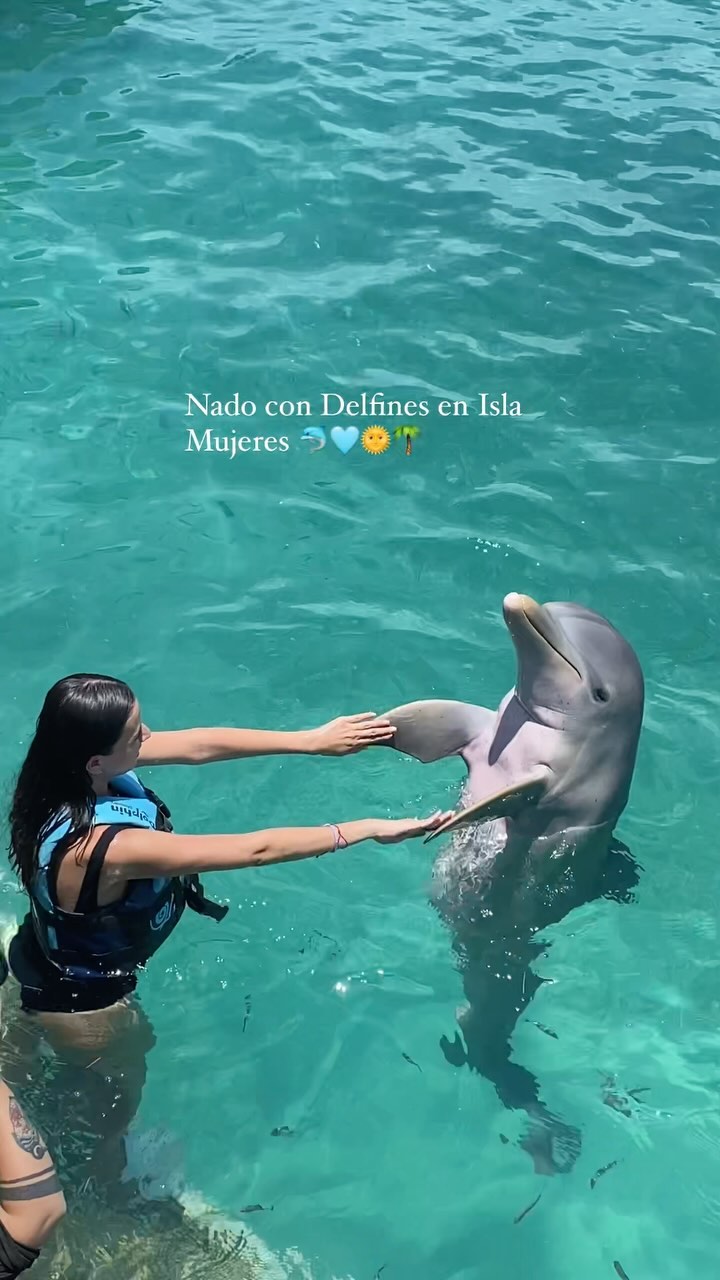- Introduction to swimming with dolphins as a unique activity and its growing popularity.
- Scientific details about dolphin behavior and physiology.
- The importance of responsible wildlife interactions and conservation efforts.
- Tips and ethical considerations for individuals interested in dolphin encounters.
- How promotions and deals can make these experiences accessible and ethical.
Swimming with dolphins is gaining traction as a thrilling and educational activity. Enthusiasts and conservationists alike advocate for interactions that are both enriching and responsible. This article will explore various facets of this growing trend, emphasizing the scientific, ethical, and conservation-oriented perspectives.
Dolphins, often seen as intelligent and friendly marine mammals, are fascinating in behavior and physiology. Scientifically known as Delphinidae, these cetaceans range in size from the small Maui’s dolphin to the large orcas. Their complex social structures, sophisticated echolocation abilities, and playful nature make them intriguing subjects of study and interaction.
Echolocation, a primary navigational tool for dolphins, is akin to biological sonar. Dolphins emit clicks that bounce off objects, providing information about their surroundings. Their high-level communication and social behaviors are vital for navigating their aquatic environment. Pods, structured groups of dolphins, show familial bonds where members cooperate in hunting and protecting each other. This social structure highlights their intelligence and need for a community, which parallels human societal norms.
Responsible wildlife interactions are critical for the conservation of these remarkable creatures. Conservation efforts focus on mitigating human impact, such as pollution and habitat destruction. Organizations emphasize ethical practices to ensure that tourist activities do not harm the animals or their environment. When considering swimming with dolphins, it’s essential to engage with operators who prioritize the welfare of the animals. These operators follow guidelines that minimize stress and disturbance to the dolphins, supporting sustainable tourism practices.
If you’re contemplating a dolphin encounter, preparing adequately is essential. Research the operators, ensuring they have a solid track record of ethical conduct. Look for certifications or affiliations with wildlife organizations. Moreover, participants should be informed about the dos and don’ts of interacting with dolphins. Avoid touching or feeding them, as it can disrupt natural behaviors and promote dependency on humans. Respecting their space and observing from a distance ensures a minimal impact on their natural routines.
Promotions and deals are common ways to make such experiences more accessible. Many operators offer special rates or packages, especially during off-peak seasons. While deals can make the experience more affordable, it is crucial not to compromise on ethics for savings. Carefully vet promotions to ensure the experiences offered adhere to conservation guidelines. Sustainable tourism practices often include educating participants about marine ecosystems and the roles dolphins play within them.
Swimming with dolphins is a recreational activity and an opportunity to learn and contribute to conservation efforts. Delphinidae interactions should foster respect for marine life and understanding the delicate balance within aquatic ecosystems. By choosing responsible operators and adhering to ethical guidelines, enthusiasts can support conservation while enjoying up-close experiences with these intelligent creatures.
In summary, the trend of swimming with dolphins highlights the need to balance enjoyment with responsibility. Delving into the scientific aspects of dolphin behavior and physiology underscores their complexity and the importance of thoughtful interaction. As this activity continues to grow in popularity, embracing conservation principles and promoting ethical practices will protect the well-being of these marine mammals and their habitats. Whether through well-planned excursions, educational insights, or actively supporting conservation initiatives, our interactions with dolphins can enrich and sustain.
*****
Source Description
Esta es tu señal para nadar con Delfines 🐬💙 Mándanos mensaje para conocer nuestras promociones 🌞
This is your sign to swim with Dolphins 🐬💙 Write us a DM to know our deals 🌞
class=”instagram-media” data-instgrm-permalink=”https://www.instagram.com/reel/C-N5CDwOr2c/” data-instgrm-version=”14″ style=” background: border:0; border-radius:3px; box-shadow:0 0 1px 0 rgba(0,0,0,0.5),0 1px 10px 0 rgba(0,0,0,0.15); margin: 1px; max-width:540px; min-width:326px; padding:0; width:99.375%; width:-webkit-calc(100% – 2px); width:calc(100% – 2px);”>


